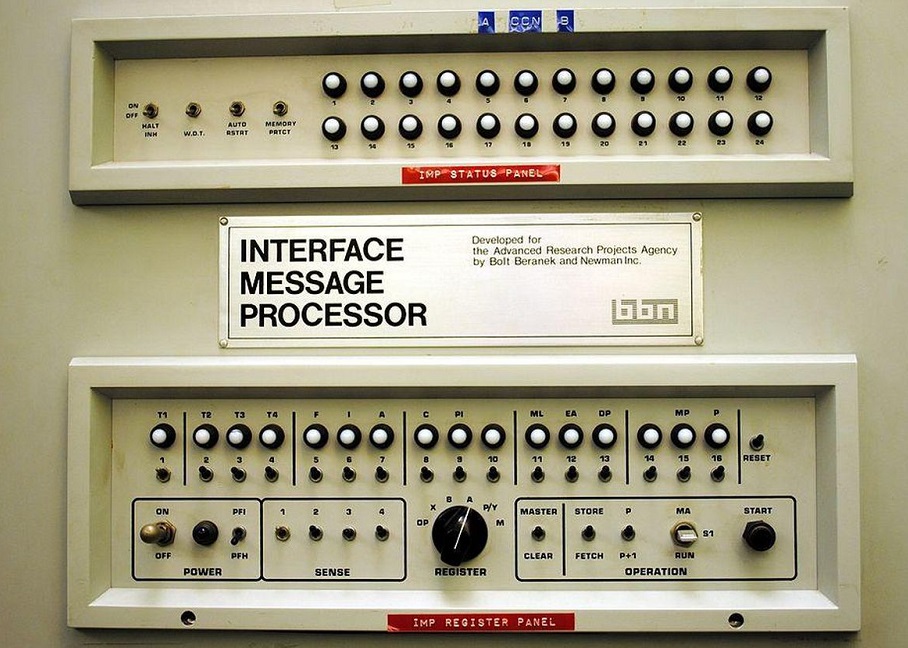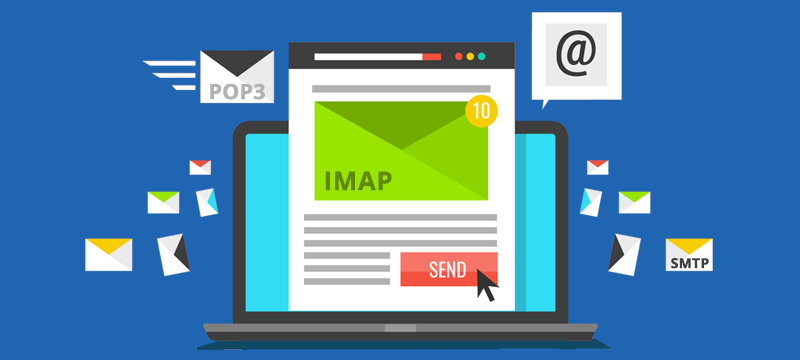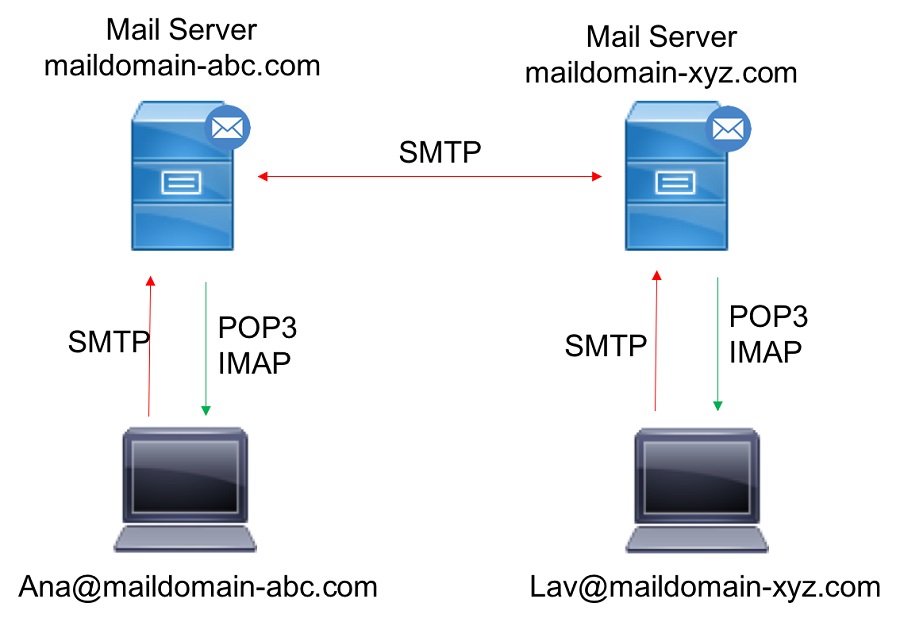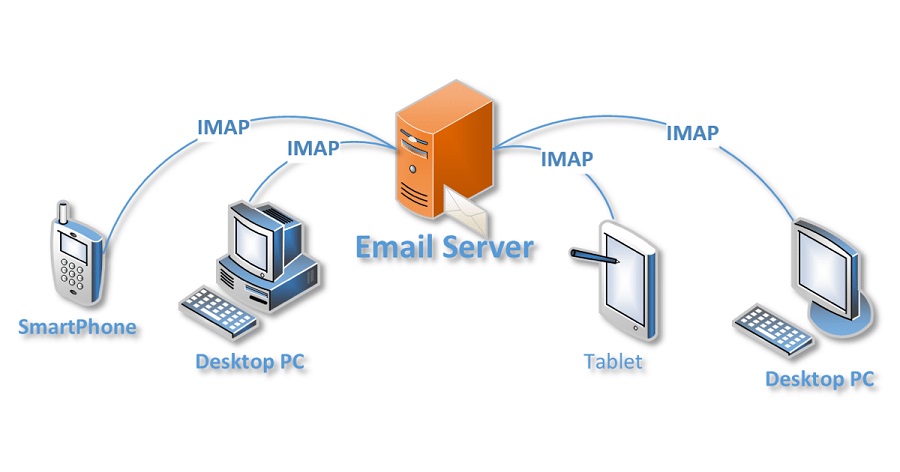E-mail, short for electronic mail, refers to mainly information stored on a computer or a server and further exchanged between two users over a network, intranets and internet. Essentially, email is merely a message that may contain text, files and folders, images, audio and video clips or any other relevant attachments. This information can be sent via a network to an individual, staff members, clients or a group of people as opposed to the traditional way of sending information via the post office. The first ever known electronic mail can be traced back to early 1970s when a technologist Ray Tomlinson sent a test an email in form of a text to himself. Later on numerous attempts were made to effectively communicate with one another especially amongst students at the MIT. In this case computer users at the university could leave messages for their fellow students who would in turn read the messages when logged on to the computers.
This particular form of information exchange was not only popular but also very effective. However there was one hindrance as only the people wishing to communicate with one another could only use the same computer or station on a regular basis. To counter hindrance the US Department of Defense in 1969 or thereabouts designed and brought on board another technology called ARPANET (Advanced Research Projects Agency Network). This innovation provided a way to inter connect many computers across various departments for the sole purpose of communications within the departments in the agency. This form of near perfect and instant communication between workstations and computers within an organization ensured efficiency and has been thoroughly contributing to how people communicate with each other through the electronic mail. As the communication needs in organizations grew, so did the complex internal networks that defined just how sending and receiving emails ought to happen. For example, when sending a message from one workstation to another within the same network segment, how would a sender indicate where the information was intended to go, or better yet the destination work station? To simplify this, Ray Tomlinson had the perfect solution. For the purposes of addressing the message to the right destination, he implemented the ‘@’ symbol indicative of the destination computer name. Whereby an address such as “the [email protected] of computer” was used.
The part before @ denoting the alias, user or department of an organization. As organizational needs evolved, several concepts were formulated to take of instances where one could still be able to even send electronic mail to another user on a workstation that is not part of the internal network. These concepts of communication by the use of email from one organization to another set the pace for internet invention as we know it today. The intensity of electronic mail exchange soon gained pace and there was need to have an elaborate way of holding and storing organizational and inter-organizational emails. As such several Internet Service Providers (ISPs) began to sprout globally and it is during this period that email hosting or storing sites began to take shape. Finally in the late 1990s email as we know it became a basic utility for sending electronic mail across the world where service providers such as American Online (AOL), Hotmail and Yahoo did a great part in shaping the email phenomenon and the internet at large.
Sending and Receiving email
Sending and receiving emails between different people, companies and organization has become necessity and popular today. This is mostly because except the cost of your internet service, the rest of the procedure is free in most cases. Another great reason is the ability to get your message, information or any attachments anywhere across the globe instantly.
Email related software allow for storage of information over a long period of time and is also environmental friendly since it is paperless. When writing an email there are several basics that are mandatory. Other than the message, information or attachment, an email should have an address of the recipient and should also have your address as the sender. To send and receive email messages an email software or program comes in handy. Most of the times it is also referred to as the e-mail client. For you to be able to access your mails or information and attachment, you ought to have a facility that actually stores or holds up this numerous data and also does ‘delivery’ when the need arises. This facility is actually a server hosted by your Internet Service Provider, or another company dedicated for the sole reason of message storage, delivery and archival purposes. Apart from other numerous functions, the email client allows and provides a way to connect to the server securely and to check and download new emails if need be and to also avail the same to any of your connected devices. An Example of an email client is Microsoft outlook.
Understanding POP and IMAP
With this knowledge at hand it is important to choose between POP and IMAP when setting up an email service with a particular email client. In a nut shell these two mail server protocols define how a user is able to access, view and subsequently download emails and contents thereof. Unlike Simple Mail Transfer Protocol (SMTP) also referred to as incoming mail server and which allows sending out of emails from a mail server, POP and IMAP primarily allow one to get or acquire emails from the mail server to your Local machine at home, office and your workplace and these two are also referred to as incoming mail server.
The major difference between IMAP client and POP client is that the former synchronizes the email on your computer with the contents of one’s account on the email server, while the latter will download what you have in the inbox. IMAP short for Internet Message Access Protocol a will serve to copy messages from the server instead of deleting them and the message is only ‘removed’ from the email server when you choose to delete it. Instead of ‘moving’ information or messages from the server to your computer or device, IMAP will simply sync your computer with the email server. This is ideal if you want to access your messages across multiple devices. One of the greatest advantage of setting up email by using IMAP is that you can sync your emails among all your devices connected to the server and this serves as duplex or a two way communication between your mail server and your email client. This means that any actions that you carry out on the email software platform, will be replicated across email clients or devices connected and synchronization is instant. IMAP has a major drawback in that one has to have internet access anytime he/she needs to check or access emails since IMAP does not save messages onto the local hard disk. This also greatly limits your mail capacity as you slowly reach your mail box size limit. POP, a short for Post Office Protocol serves to download emails from a mail server to a specific computer or device. It also gives you an option of deleting the original email or just leave a copy of the same. POP essentially allows you to store emails on a local machine or device.
POP enables the user to download the entire copy of the message onto the local machine or device, where he/she can view them offline anytime even without internet connection. However email operations are in this case kept offline on each device other than the only device currently synced to the mail server. This can get you confused when you have multiple devices since any change in status is not replicated.
Which of the two should I use?
As is evident, both protocols have their pros and cons and the one you choose largely depends on your preference. As you decide on which platform to anchor your email client this information seeks to differentiate between these two dominant email servers.




